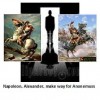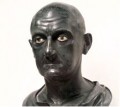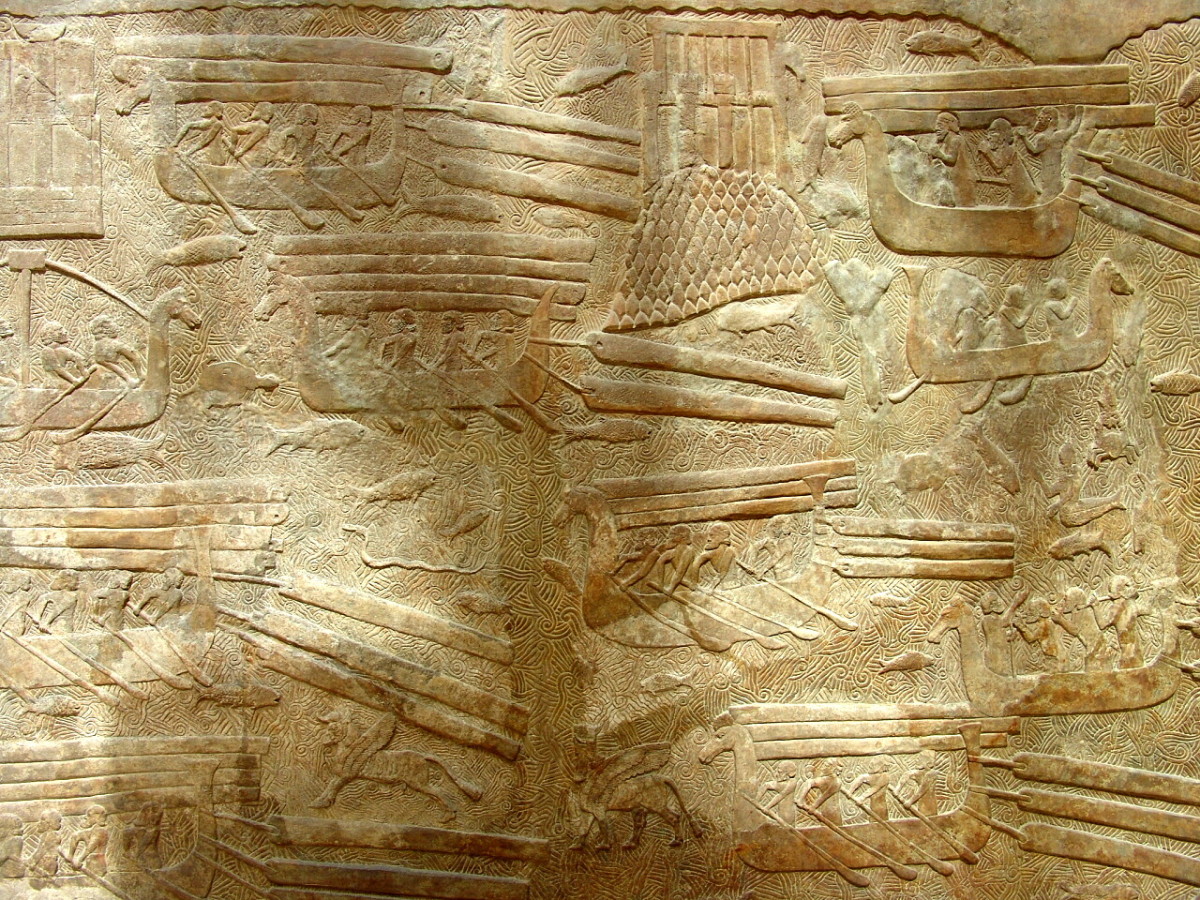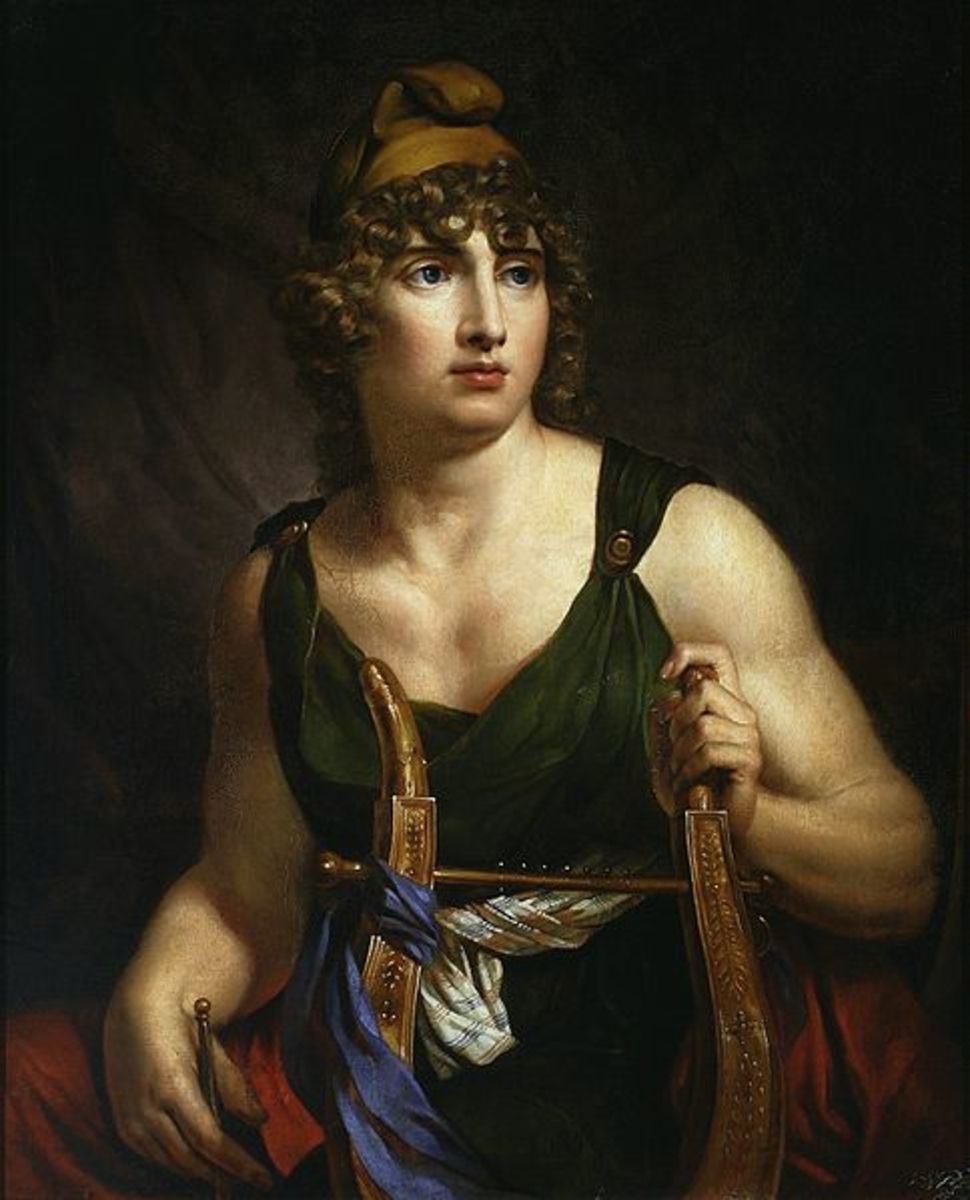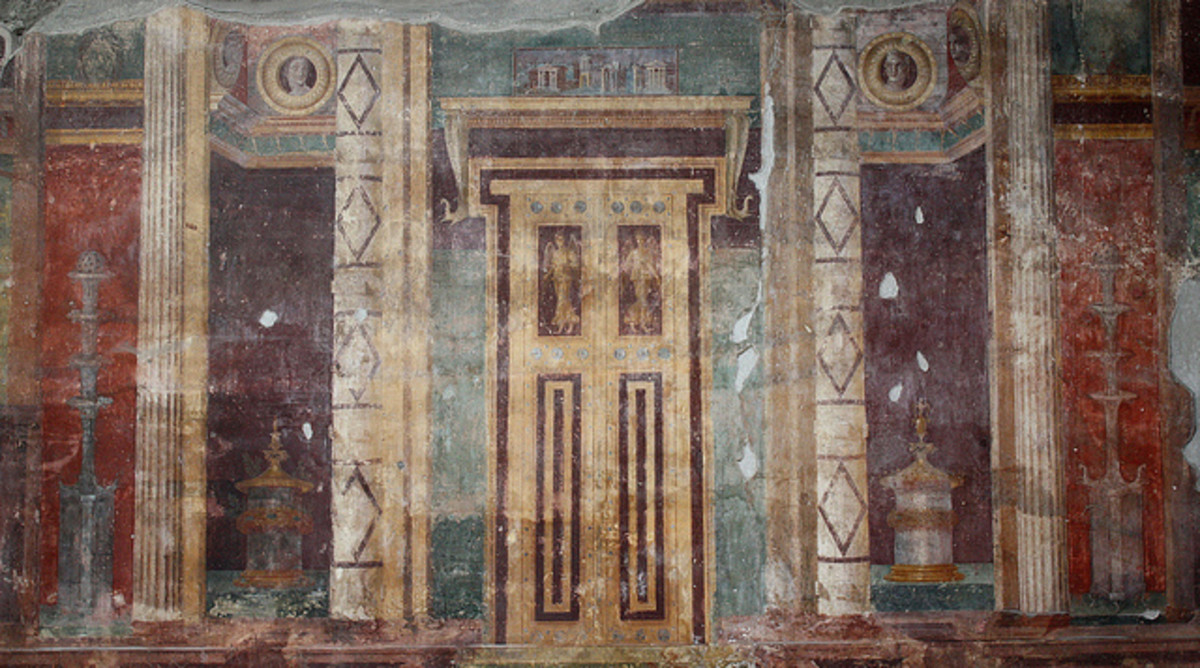- HubPages»
- Education and Science»
- History & Archaeology»
- Ancient History
The Punic Wars
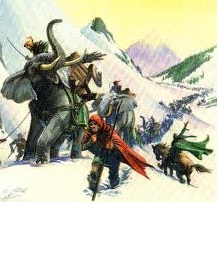
Introduction
Imagine looking out to sea and seeing massive warships sailing your way with only one intention, to kill you, your fellow seamen and to destroy your ships. Or imagine seeing thousands of bloodthirsty troops charging at you with cavalry, infantry and even war elephants. In a series of wars that lasted 118 years, occupied 13 modern countries and cost millions of lives the result was clear: one nation rose to be one of the greatest empires ever seen, the other was reduced to ashes and rubble.
Carthage
Carthage was an empire that grew off the Mediterranean Sea. Located in modern day Tunisia, Africa the geographical location of Carthage provided many advantages. The most important geographical feature Carthage had was the Mediterranean Sea, the Mediterranean provided a body of water the Carthaginians could use to establish trade with other empires, along with allowing the Carthaginians to farm due to the coastline keeping the land fertile and good for farming.Over time Carthage became a major trading power throughout the Mediterranean world and began to prosper but Carthage was about to meet her match when it came to geographical advantages and prosperity eventually leading to the Punic Wars.
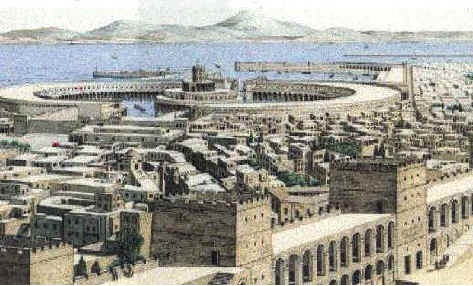
Rome
Rome was in a position to become a new world power. Rome was near the sea allowing her to trade and fish, she had rich fields allowing her to farm. There were also many natural barriers protecting Rome from any invasion: the Mediterranean sea, the alp mountain range and mountains/hills to Rome’s eastern side. With the Hellenistic kingdoms quarrelling with each other Rome could quickly become a new dominant empire but one thing stood in her way, Carthage.
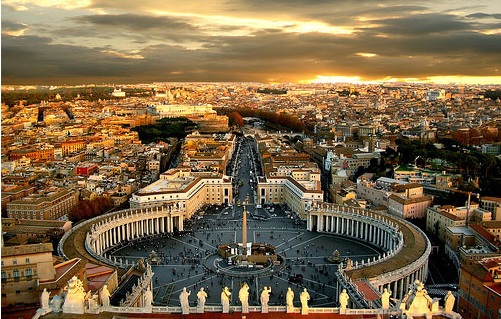
First Punic War
As Rome and Carthage grew they both needed more land. Carthage had colonized the islands of Corsica and Sardinia and was just beginning to colonize the island of Sicily. Sicily was an excellent piece of land good for grazing livestock and farming. However Rome also wanted to control Sicily to access the benefits thus starting the First Punic war. Sicily was an island located off the coast of Italy making it so a fleet was necessary to control it. Carthage had a fleet of enhanced triremes which they call Quinn Quiremes. At first Carthage had the clear advantage when they were the only ones to possess a fleet but things began to change when the Romans found was washed up Quinn Quiremes along the coast. The deconstructed it, then reconstructed it and learned how to build them. The two nations were deadlocked in a stalemate with neither side able to destroy the others fleet, but then Rome won a key battle. The Romans attacked the Carthaginian fleet off the coast of Sicily. The Carthaginian fleet was weighed down by the supplies they were carrying and were quickly destroyed by the Roman ships. Soon after Carthage was forced to surrender and pay heavy fines to Rome for the costs of war that emptied Carthages territory along with giving up Carthages colonies of Corsica and Sardinia. The power of the Mediterranean was now clearly in Rome’s hands.
Quinnquireme
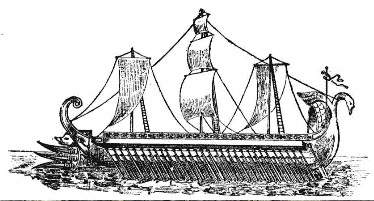
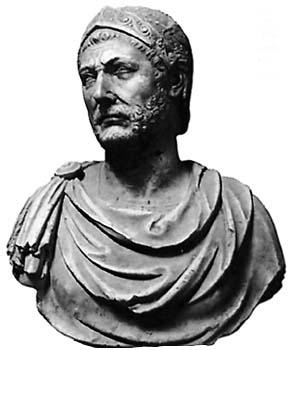
Hannibal and the Spanish Campaign
After the first Punic War it seemed as if Carthage would collapse sooner or later but didn’t happen. Carthage regained her lost wealth by conquering Spanish territory and once again began to prosper. The Carthaginian leader Hamilcar was killed in battle during the invasion of Spain, after his successor was assassinated his son Hannibal rose to the throne. Legend says that Hannibal once begged his father to let him see a battle and is father agreed on one condition: Hannibal promise eternal hatred for Rome and Hannibal agreed giving birth to Rome’s worst nightmare.
The Second Punic War
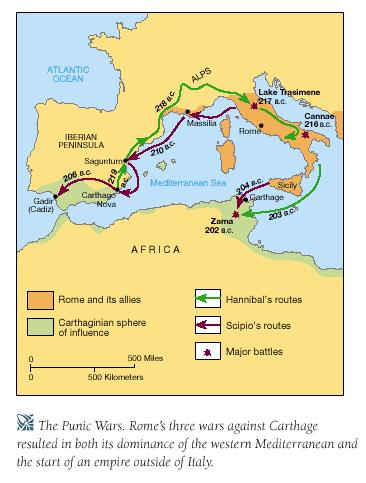
Italy and the Alps
After Carthage had grown herself once again into a world power Hannibal assembled a new army the fight the Romans. He gathered 35,000 soldiers and 37 elephants to attack Rome. But since Rome now had the dominant naval fleet Rome was inaccessible by sea so he would have to do the impossible- march his men and elephants across Spain, Gaul (France) and the dreaded Alps mountain range. After trudging through the Alps crushing any Roman resistance Hannibal lost a quarter of his men and all but one of his elephants to the harsh conditions. Hannibal marched through the Italian peninsula winning battle after battle suffering no major defeats. The ball was in Rome’s court, stop Hannibal soon, or lose their republic to Carthage
Cannae
Rome in desperation began to form an army to hopefully bring an end to Hannibal. They took almost their entire army and assembled them into one huge army of 90,000 men. Hannibal had recently replenished his army with mercenaries bringing his troop count to 50,000 but even so the Roman legions outnumbered Hannibal’s army almost 2-1. The only hope the Carthaginians had was Hannibal’s tactical genius. Hannibal and the Roman general Varro carefully set up their armies, but in different ways. Varro packed all his troops very tightly planning to chare directly into the Carthaginian center and crush Hannibal. Hannibal took a very different approach as he lined his troops into a long line with his brave but untrained Spaniards and Gauls in the center while he placed his well trained, experienced and skilled spearmen along the flanks with his cavalry at each end. The Roman legions then charged at the Carthaginian center and began slowly depleting the Spaniards and Gauls , however at the same time the Libyan spearmen hit the flanks of the Roman legions, being outflanked the Romans were getting slaughtered and many turned to flee, but that was when the cavalry hit the Roman rear thus completely surrounded. The Romans totally surrounded with nowhere to run were panic stricken and were slaughtered where they stood. Out of the 90,000 men less than 5,000 Romans escaped while the rest were killed or taken prisoner. With almost no Roman armies suited for resistance it seemed as if Rome would soon fall to Hannibal but it seemed as if Rome had one more trick up her sleeve.
The battle of Cannae
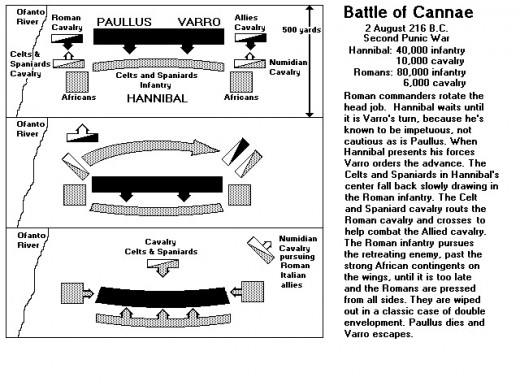
Scipio and the Counteroffensive
After defeating the Romans at Cannae it seemed as if Hannibal could quickly go straight to the city of Rome itself, take it and win the war for Carthage but things weren’t so simple. First of all while Hannibal had an army ready he lacked the proper weapons to take down the walls of Rome and Hannibal thought it would be a good idea to spend time going through Rome accruing more troops and supplies for his army. During this time a new Roman army was formed and under the command of Scipio Afrikaunus the launched a counteroffensive on the city of Carthage itself. Hannibal and his army were called to Carthage to defend the city. There Hannibal was defeated bringing an end to the second Punic war. Carthage once again had to pay heavy fines to Rome which emptied the treasury once again. Carthage lost all of her newly acquired Spanish colonies and Carthage was also forced to sign a treaty never to fight another war without Rome’s consent preventing future expansion. Once again Rome had reclaimed the power of the Mediterranean.
The Third Punic War
At one point after the second Punic War Carthage was under attack by her neighboring state, Numidia. After asking Rome’s consent to defend against Numidia they were denied. The Carthaginians were forced to break the treaty and defend themselves, giving Rome an excuse to declare War. Rome declared war sending an overwhelming force to destroy Carthage once and for all. Carthage went into heavy preparations rearming themselves and preparing for the invasion. The only advantage the Carthaginians had was their immense city wall but even so the Roman army heavily outnumbered them and all odds were against Carthage. The Carthaginians held off the Roman assault for several years but were eventually overwhelmed and the city was taken and burned ending the 118 year Punic wars.
Afterwards
Carthage became a Roman province in North Africa. After the defeat of Carthage Rome quickly conquered all the Hellenistic Kingdoms and became an empire. Eventually Rome would take all of Western Europe, and all lands surrounding the Mediterranean becoming one of the greatest empires of all time.
